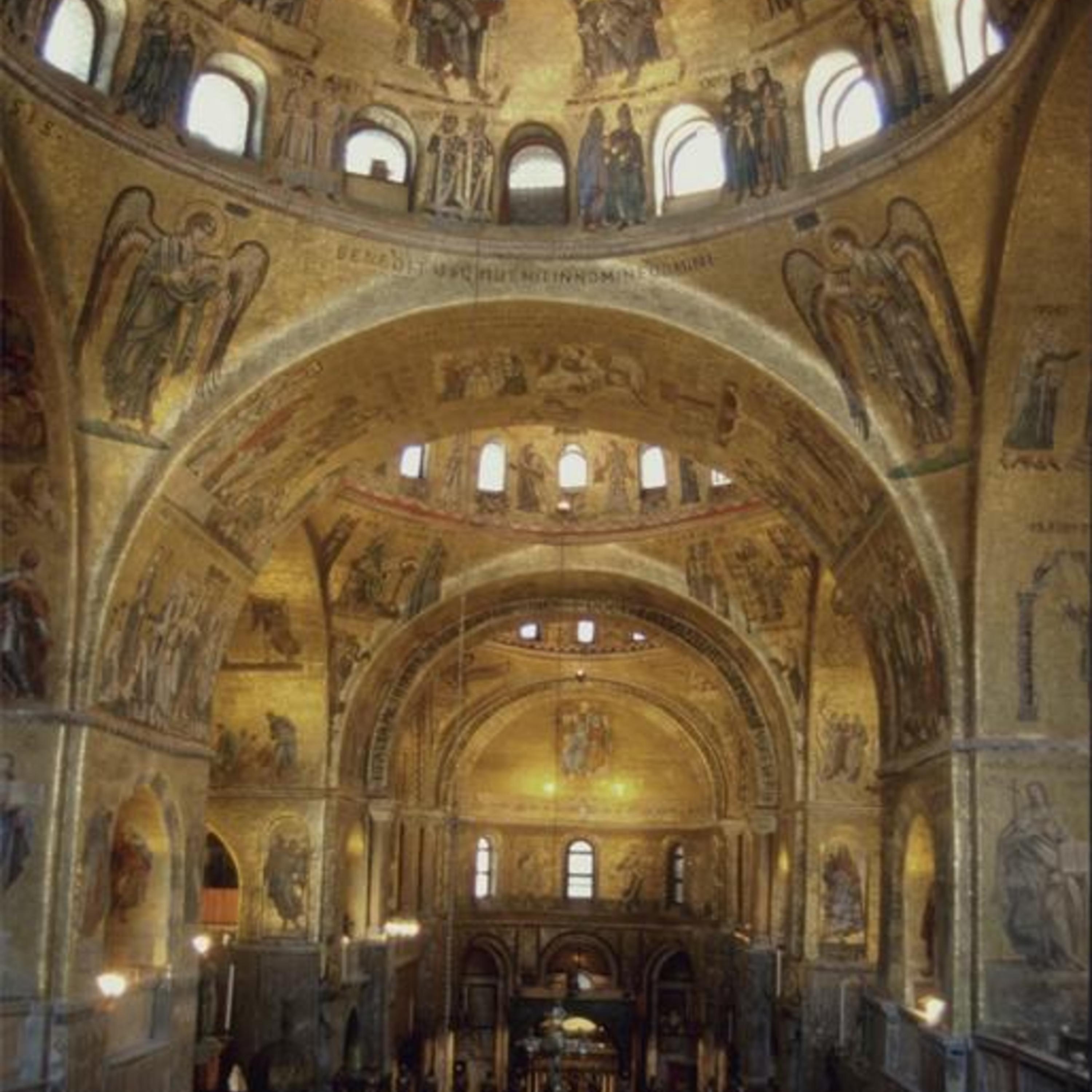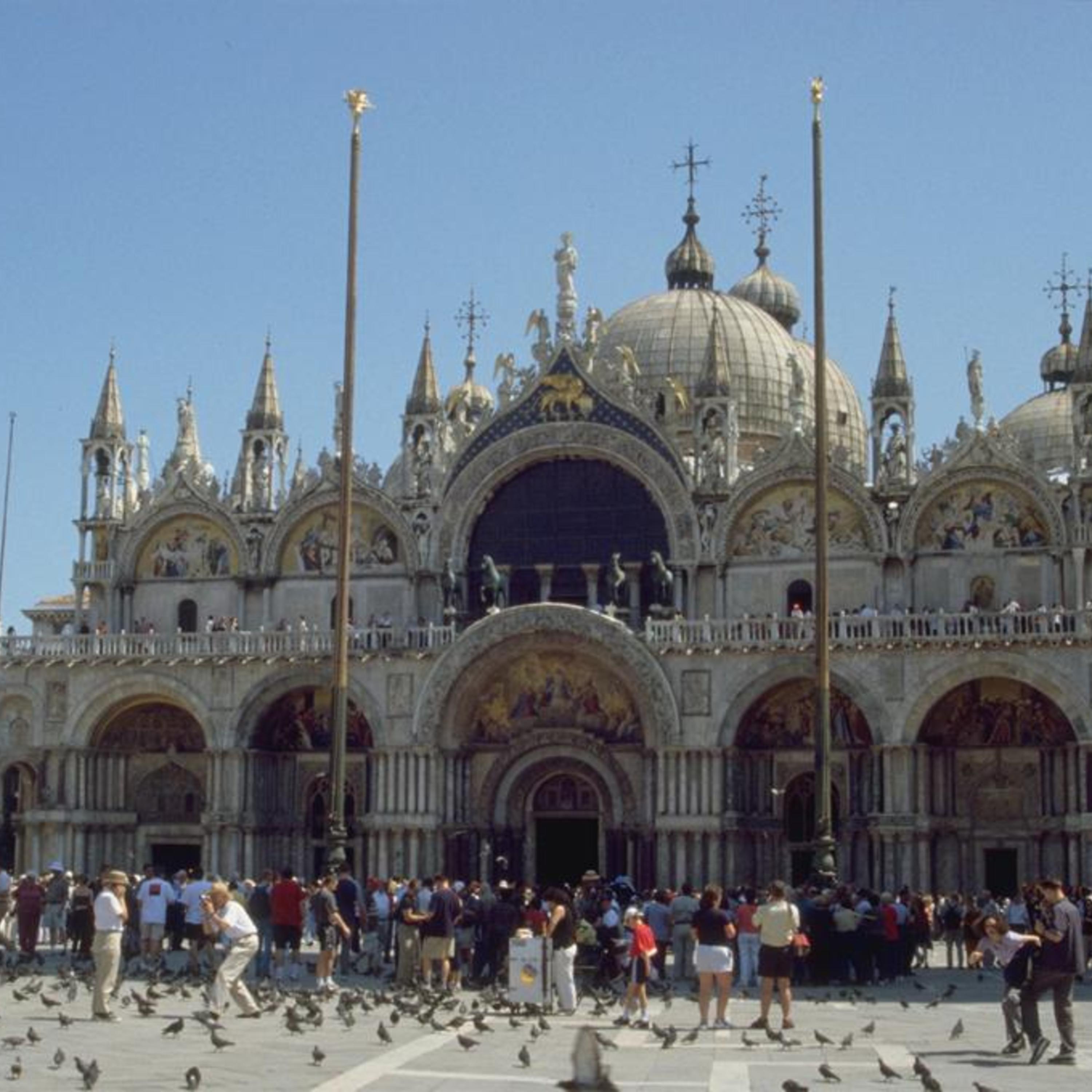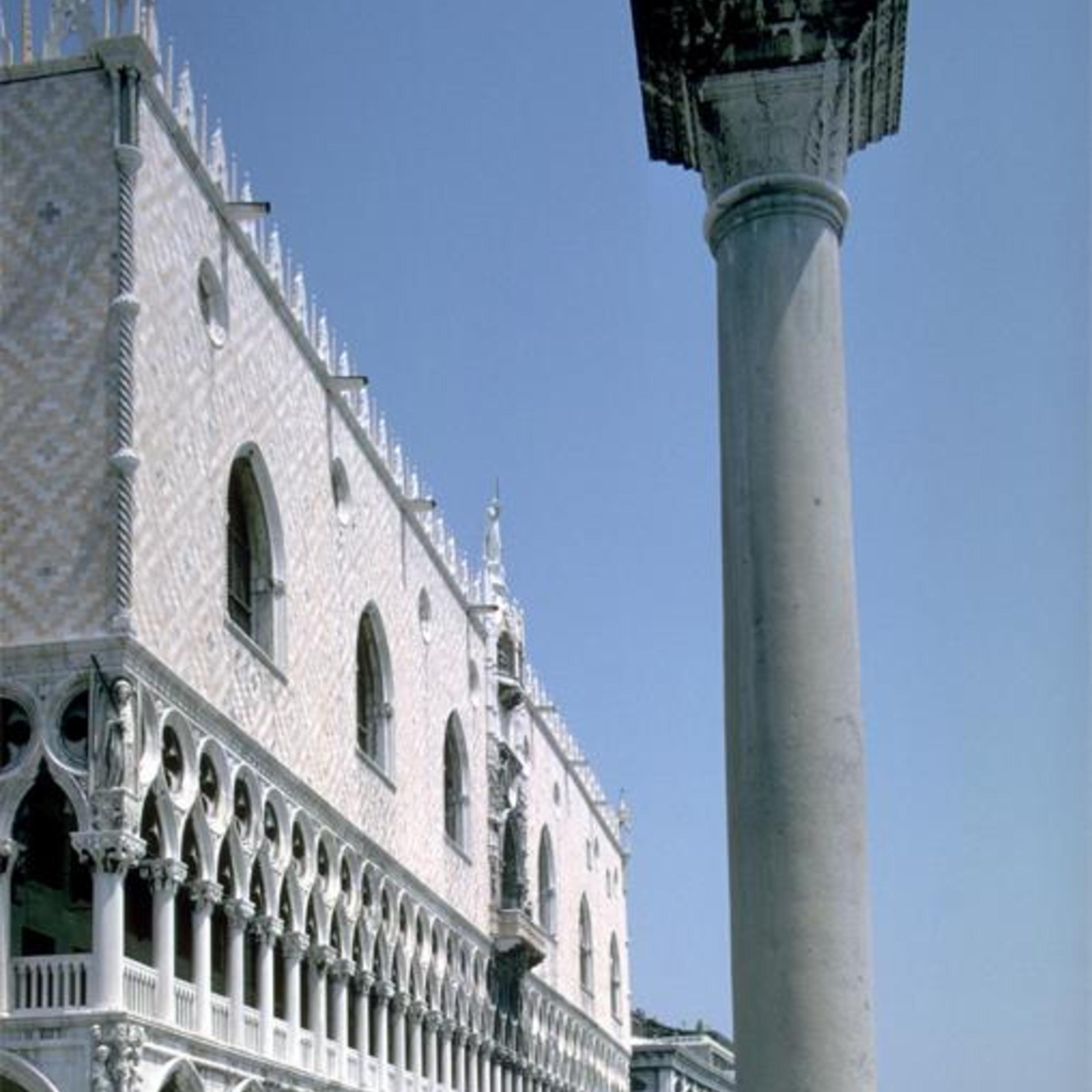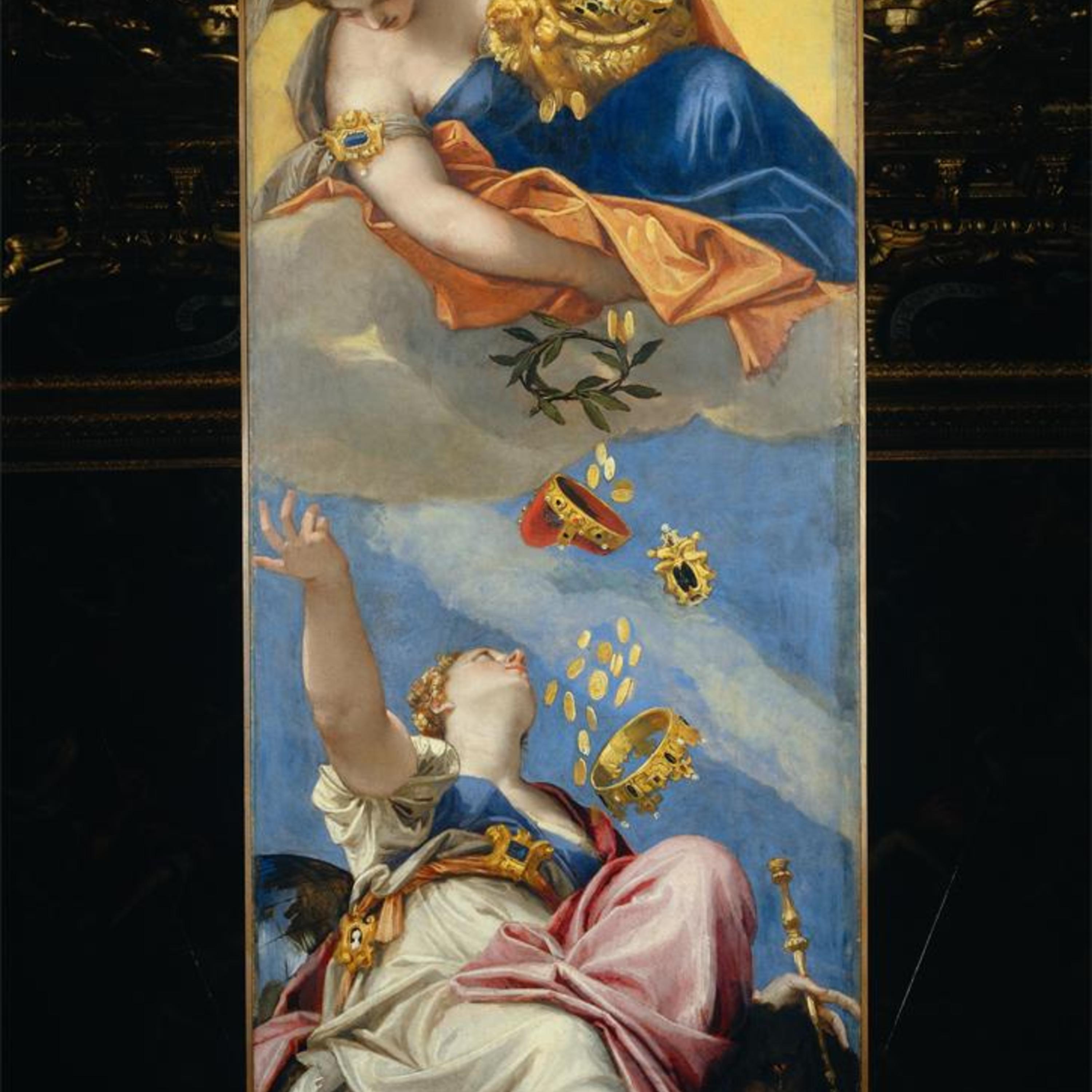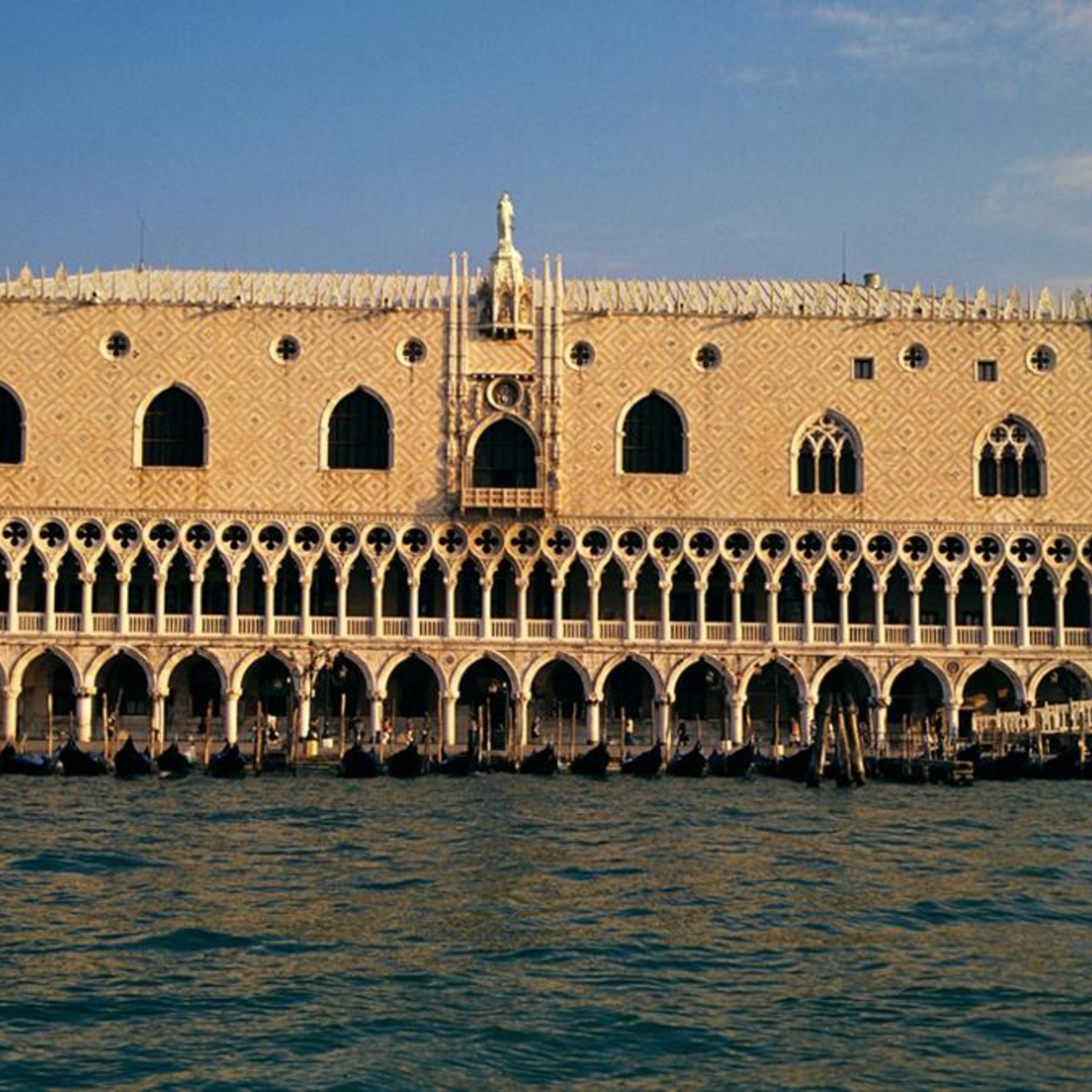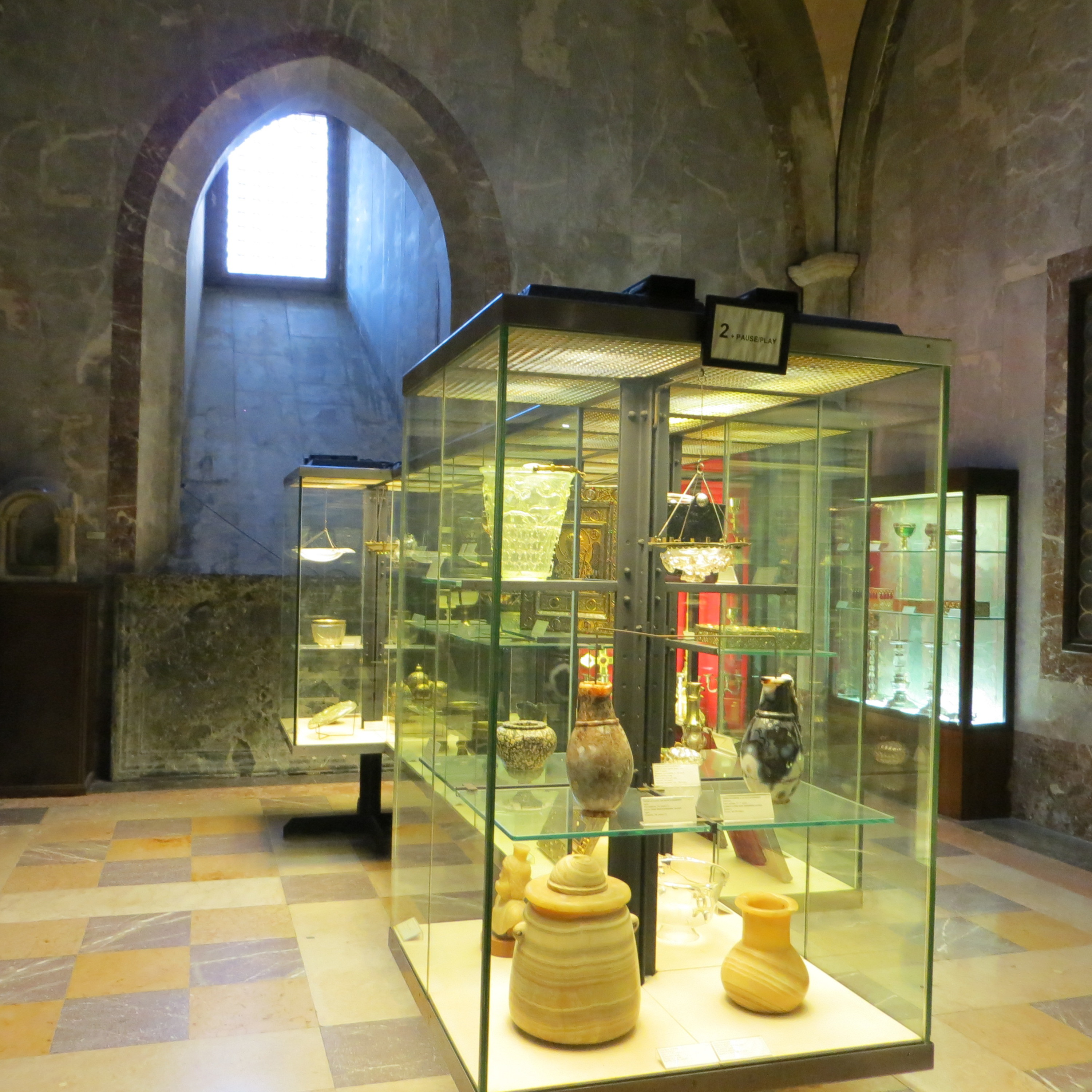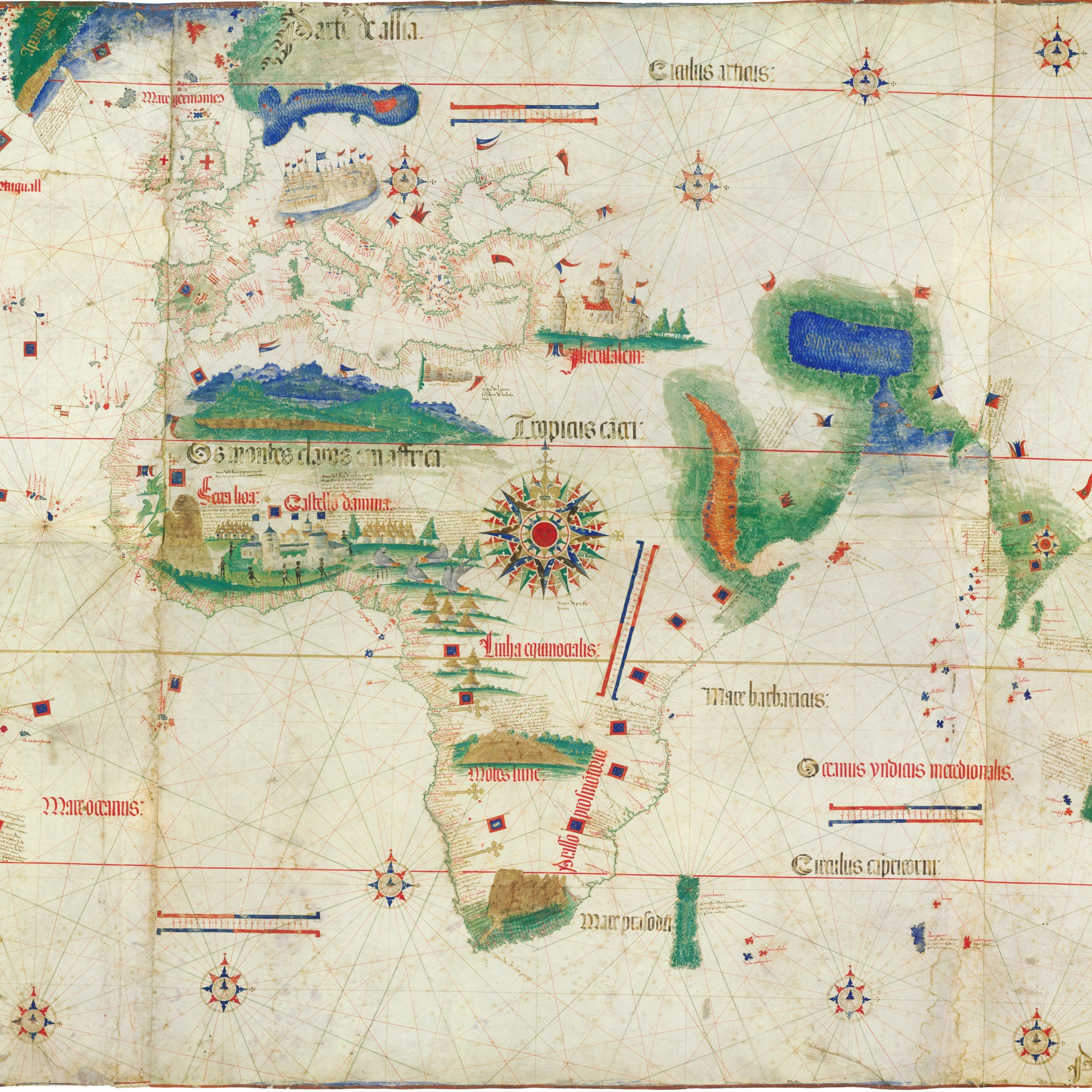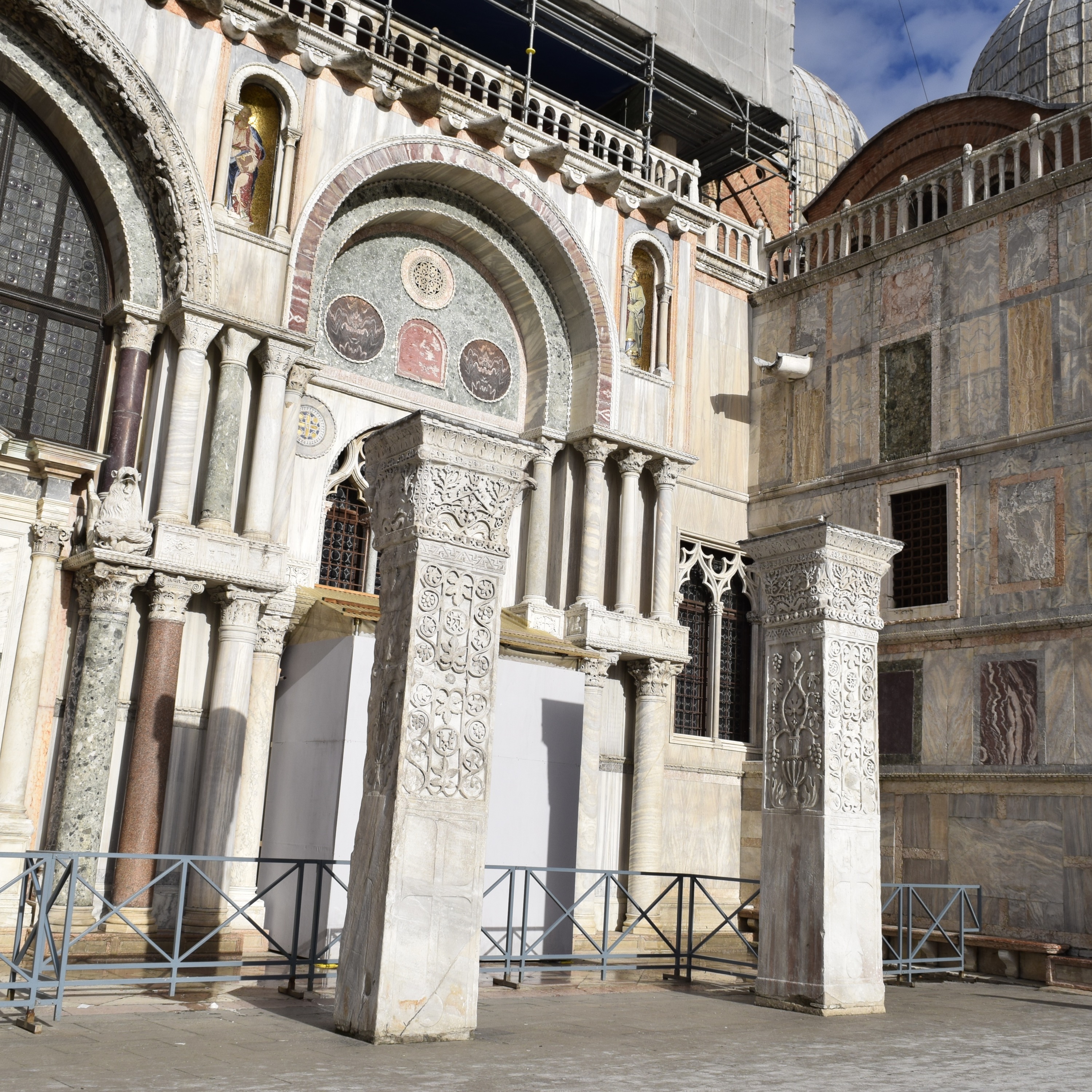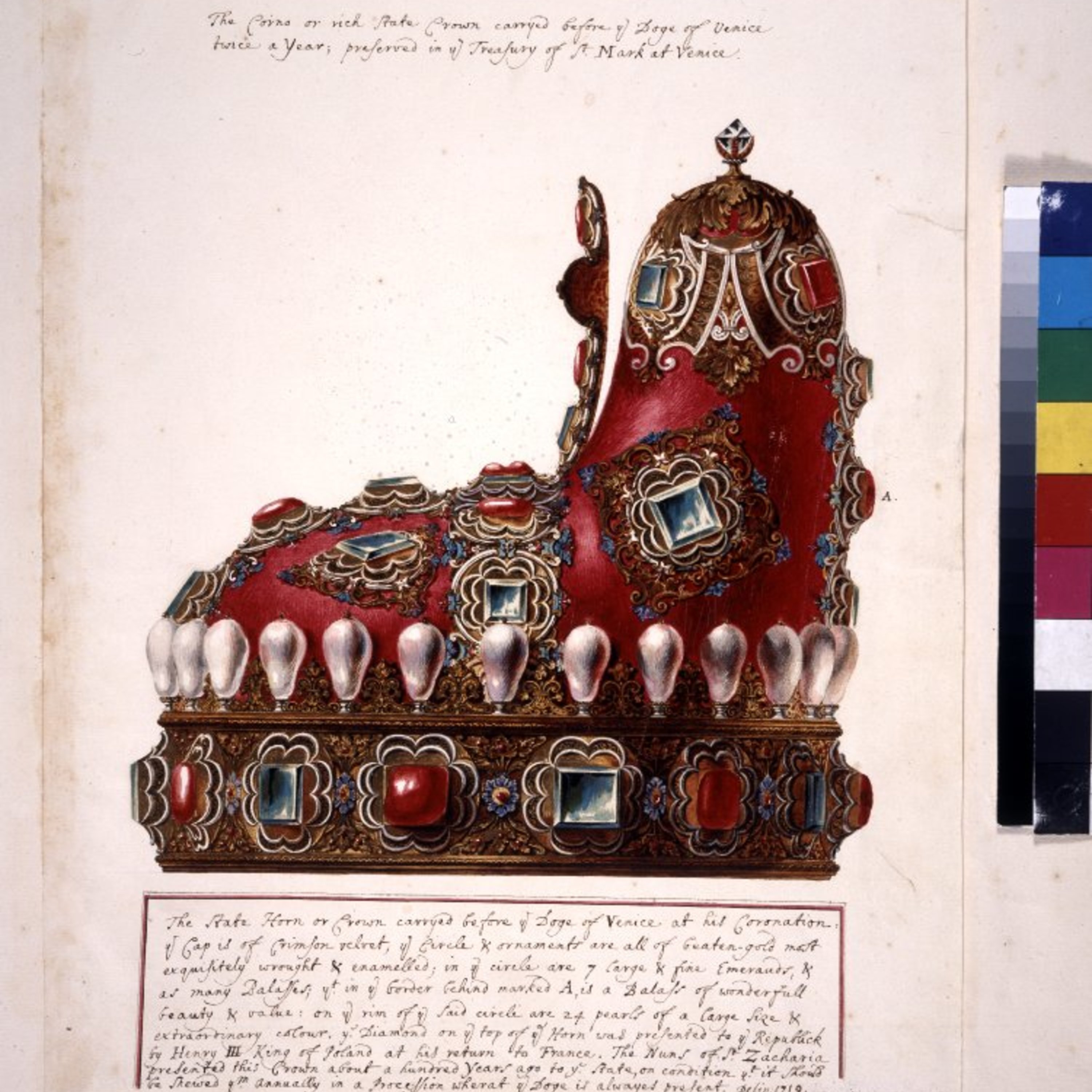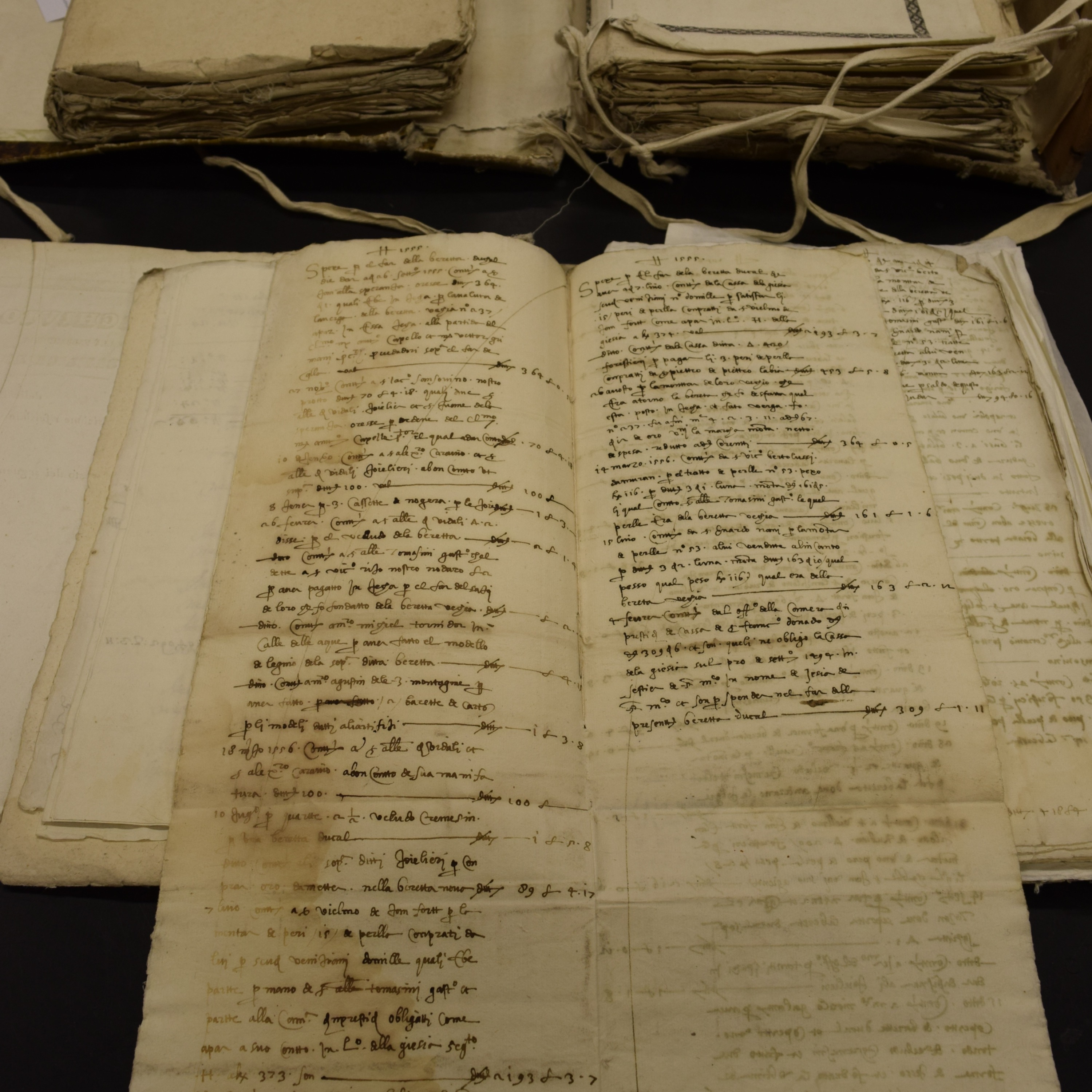Venice: Crossroads of the World
Title
Venice: Crossroads of the World
Creator
de Maria, Blake
Subject
Italy -- Venice
Italy -- Venice -- Social life and customs
Art -- Italian
Europe -- Travel -- Early works to 1800
Italy -- Venice -- Gemstones
Description
In 1501, upon learning the details of the voyage of Christopher Columbus, the State Historian of the Republic of Venice, Pietro Bembo offered the observation that “it really was a fine thing to encounter new lands-almost another world—and to place on record peoples who had been concealed and cut off from us.” Early Modern Venice boasted the most diverse population in Europe, if not the world. As a result, the visual culture of this waterborne Republic was influenced by the arts and civilizations of the Middle East, Asia, and the Americas. Through our study of this singular environment, this two-quarter sequence will address the experience of living in a multicultural state whose livelihood was based on global trade. We will investigate the ways in which the visual arts embraced and showcased Venice's diversity and apply our historical study to the global, multicultural society in which we live today.
Publisher
Arth 11a/Arth 12a: Winter/Spring 2019
Contributor
Blake de Maria
Date
421-2019 (ca.)
Language
English
Coverage
The Republic of Venice, from approximately 450 CE through the present day
Collection Items
Interior, Basilica of San Marco, Venice
Lavish gold mosaic characterizes the interior of the Basilica of San Marco. Subjects of the mosaic cycles include scenes from the Old and New Testaments, with a specific emphasis on the lives of Christ, the Virgin Mary and St. Mark
Basilica of San Marco, Venice
The Basilica of San Marco served as the spiritual heart of the Republic of Venice. Technically the private chapel of the leader of Venice -- the Doge -- this church houses the remains of the city's patron saint, Mark. Contrary to popular belief, San…
Column of St. Mark, Venice
This is one of two columns located in the so-called "Piazzetta" of San Marco. It depicts a winged lion, the evangelical symbol of Venice's patron saint, Mark. The sculpture itself was fashioned in the 4th - 3rd century B.C.E. but was renamed St.…
Juno Showering Gifts on Venice
This painting is one of multiple ceiling paintings created by Paolo Veronese for the Room of the Council of Ten Palazzo Ducale, Venice. The government officials who met in this room had multiple responsibilities, including control over access to…
Palazzo Ducale, Venice, South Facade
Construction of Palazzo Ducale began in 1340. This multipurpose building served as the seat of the government of the Republic of Venice as well as the personal residence of the elected leader of the Republic, the Doge of Venice.
Interior, Treasury of San Marco
This photograph depicts the interior of the Treasury of San Marco as it exists in the 21st century. The display cabinets have changed over time, but other elements - including the West facing window which figures prominently in this photo - date to…
Cantino Planisphere
The Cantino Planisphere is the earliest known European cartographic representation depicting the Americas. Several details merit note, including the Tordesillas line - which divided control over the Americas between Spain and Portugal.
Treasury of San Marco, Venice (exterior)
The Treasury of San Marco is situated on the Northwest corner of the Basilica of San Marco in Venice. This photograph records the exterior of the Treasury. Originally constructed in the 11th century, the Treasury was significantly renovated in the…
Jeweled Corno
18th century watercolor depicting the Ducal Corno. The original corno was created in 1555 and dis-assembled in the early 19th century, making this rendering an invaluable resource for understanding the appearance of this destroyed object.
Account Book for Ducal Corno
Archival account book recording of the money spent on the creation of a new Ducal Corno in the year 1555. The Ducal Corno was the official crown worn by the Doge of Venice. The idea for the new Corno was originally suggested in the 1530s, but was…
